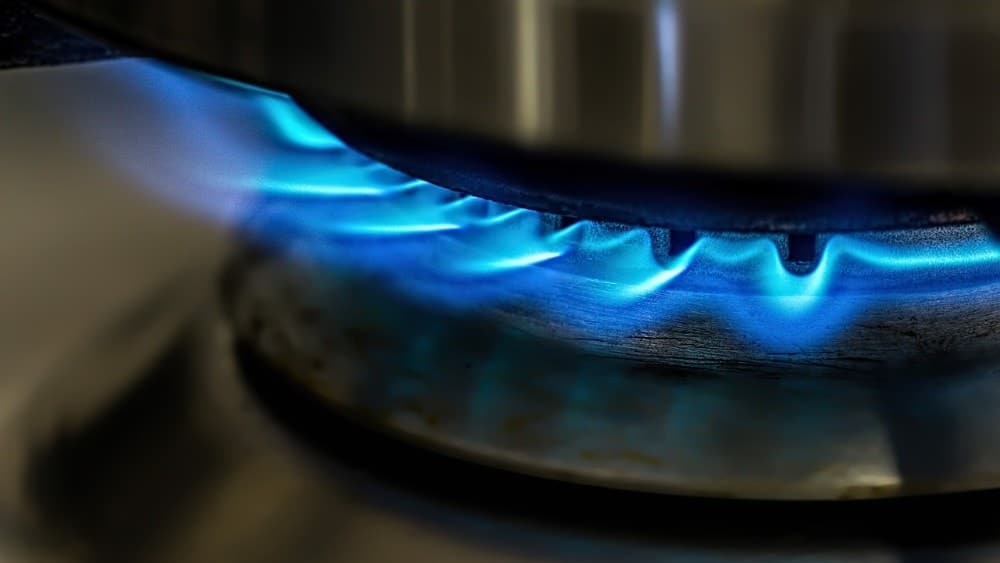When I first dove into the world of brewing, I was fascinated by the process of lautering. It’s that crucial step where you separate the sweet wort from the grain after mashing. Understanding this process not only enhances your brewing skills but also helps you appreciate the complexities behind your favorite beers.
Lautering Explained: Separating Wort From Grain
Lautering plays a crucial role in the brewing process, as it involves separating the liquid wort from the solid grain after mashing. This step comes right after mashing, where the starches in the grains convert into fermentable sugars. I’ll guide you through the key aspects of lautering to enhance your brewing knowledge and skills.
Lautering Process
- Mashing Completion: Ensure mashing has fully converted the starches, which typically takes about 60 to 90 minutes at a temperature of 150-155°F.
- Sparging: Utilize sparging, a technique where hot water rinses the grain bed, extracting additional sugars. It’s effective to use water between 170-180°F for optimal extraction.
- Grain Bed Formation: Let the grain bed naturally filter the wort; it acts as a barrier, allowing only liquid to pass through while retaining the solids.
Equipment Used
- Mash Tun: Invest in a mash tun with a false bottom or slotted grate. This setup promotes efficient separation of wort from grain.
- Lauter Timing: Spend approximately 30 to 60 minutes lautering, depending on the system and grain type.
- Thermometer: Use a thermometer to monitor water temperature during sparging, ensuring the right heat for maximum sugar extraction.
Common Techniques
- Batch Sparging: In this method, drain the wort from the mash tun, then rinse with hot water in a single addition.
- Continuous Sparging: This technique maintains a constant flow of water as wort drains, leading to potentially higher sugar yields.
- Fly Sparging: Introduce water slowly at a consistent rate, keeping the grain bed saturated.
Lautering is a vital step that affects the overall efficiency and flavor of your beer. Mastering this process not only improves your brewing outcomes but also enriches your understanding of how each part of brewing contributes to the final product.
The Lautering Process
Lautering is a crucial step in beer brewing, separating sweet wort from grain after mashing. This process directly influences the quality and flavor of the final product.

Overview of Lautering
Lautering involves several key steps. First, I ensure that mashing is complete. This means verifying that the starches have converted to sugars. Next, I transfer the mash to a lautering vessel, which features a false bottom or slotted plate that allows liquid to flow while retaining the grain. After that, I begin sparging, which involves rinsing the grain bed with hot water to extract additional sugars. This method reduces waste and maximizes efficiency.
Importance in Brewing
Lautering plays a vital role in brewing. Efficient lautering guarantees optimal sugar extraction, affecting the beer’s sweetness and alcohol content. The clarity of the wort also results from effective lautering, as a well-formed grain bed filters out solids, leading to a cleaner final product. Mastering this process enhances my brewing skills and ensures that each batch of beer reflects quality craftsmanship.
Equipment Used in Lautering
Lautering requires specific equipment to efficiently separate wort from grain, making it easier to create high-quality beer. Here’s a closer look at the main tools used in this vital brewing step.
Lauter Tuns
Lauter tuns play a central role in the lautering process. I often choose a vessel specifically designed for this task, allowing for effective liquid drainage while retaining solids. Standard options include:
- Mesh Bottom Tuns: Offers optimal drainage and allows liquid to flow while keeping grain particles contained.
- False Bottom Tuns: Utilizes a perforated plate at the bottom, providing a stable platform for the grain bed which aids filtration.
- Octagonal or Round Tuns: The shape impacts the efficiency of wort collection; round tuns often provide uniform drainage.
Choosing the right lauter tun affects both the efficiency of sugar extraction and the clarity of the wort. Each design has its advantages, and experimenting with them can enhance my brewing process.
Heat Sources
Heat sources are crucial for maintaining the preferred temperature during lautering. I frequently use the following:
- Direct Fire: This method gives precise control over temperature but requires careful monitoring to prevent scorching.
- Steam Jacketed Systems: Provides even heating, reducing the risk of hot spots and ensuring a consistent temperature throughout the mash.
- Electric Heaters: These offer simplicity and ease of use, ideal for small-scale home brewing but may have limitations in larger batches.
Each heat source has unique characteristics that can impact wort quality. My preference usually aligns with the scale of the brew and the desired efficiency. Understanding how these tools work together ensures high sugar recovery rates and a better final product.
Steps in the Lautering Process
Lautering is a critical step in brewing that ensures I extract the most sugar from the grain. This section details the essential stages of lautering, focusing on mashing and wort separation.
Mashing
Mashing begins once I’ve milled the grains and mixed them with hot water in the mash tun. I target specific temperature ranges, typically between 148°F and 158°F (64°C and 70°C), to activate enzymes that convert starches into fermentable sugars. The duration usually lasts from 60 to 90 minutes, allowing for optimal sugar extraction. Monitoring temperature is crucial. If the mash is too hot, it may lead to unwanted flavors; too cool can prevent effective sugar conversion. Throughout the mashing process, I frequently check the specific gravity to ensure that I reach the desired sugar concentration.
Wort Separation
After mashing, I transfer the mash to the lauter tun, where the separation of wort from the grain occurs. I typically use one of two main techniques: batch sparging or continuous sparging. In batch sparging, I add hot water directly to the grain bed in multiple stages, allowing the wort to drain between additions. Continuous sparging, on the other hand, involves a steady flow of water, keeping the grain bed saturated. The choice between these methods hinges on the specific characteristics of the grain and my brewing goals; batch sparging usually offers simplicity, while continuous sparging can maximize efficiency.
As the wort drains, it’s essential to keep the grain bed compact for optimal separation. I aim for clarity in my wort by ensuring I remove as much sediment as possible. Once the wort extraction is complete, I transfer it to the boiling kettle, ready for the next steps in crafting quality beer.
Common Challenges in Lautering
Lautering presents some challenges that can impact the beer-making process. I’ve encountered these issues myself, and addressing them promptly is essential for achieving high-quality wort. Here are two common challenges brewers face during lautering.
Stuck Mash
Stuck mash occurs when the grain bed compacts, preventing liquid from draining freely through the mash. Factors like grain size, moisture content, and lauter tun design contribute to this problem. To resolve a stuck mash, I often employ several strategies:
- Adjust grain crush: A finer crush can increase surface area, improving flow, but avoid overly fine grinds that can lead to excessive sediment.
- Add water: Introducing additional hot water to the mash helps fluidize the grain bed, improving drainage.
- Use a mash rake: Moving grains around manually can enhance flow and break up clumps.
- Monitor temperature: Maintaining optimal mash temperatures can prevent the enzymes from becoming inactive, which may also affect flow.
Inefficient Wort Extraction
Inefficient wort extraction can result in lower sugar yields, impacting the beer’s alcohol content and flavor profile. Several factors contribute to inefficient extraction:
- Sparge technique: Using the wrong sparging method can leave sugars trapped in the grain bed. I’ve found that batch sparging often provides better efficiency for certain grain bills.
- Grain bed compaction: Excessive pressure on the grain bed restricts liquid flow. Ensuring a well-structured bed will enhance wort clarity and yield.
- pH levels: High pH can hinder enzyme activity, limiting sugar extraction. I routinely check pH levels during the mash and sparge, aiming between 5.2 to 5.6 for optimal efficiency.
- Water quality: The mineral composition of brewing water can affect extraction. Adjusting water chemistry based on the specific grain types used often leads to improved results.
Understanding and addressing these challenges enhances both my brewing process and the final product. Each step in lautering plays a critical role in creating quality beer, and refining these techniques ultimately leads to better brews.
Conclusion
Lautering is more than just a step in brewing; it’s a journey that transforms grains into the sweet wort that forms the backbone of our favorite beers. I’ve found that mastering this process not only enhances my brewing skills but also deepens my appreciation for the craft.
With the right equipment and techniques, I can navigate challenges like stuck mash and inefficient extraction, ensuring that each brew is a reflection of my passion. As I continue to experiment and refine my approach to lautering, I’m excited to see how it impacts the flavors and quality of my beer. Here’s to many more successful brews ahead!




